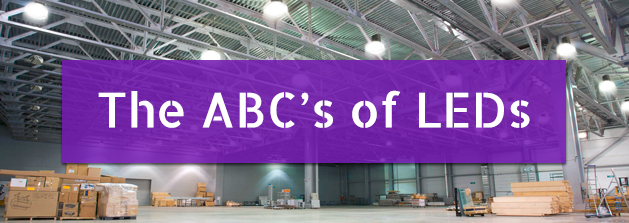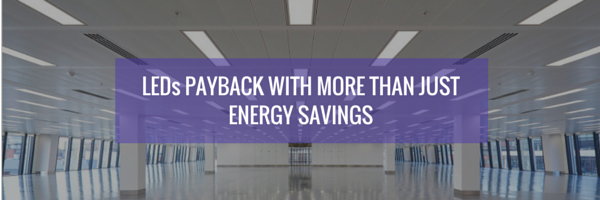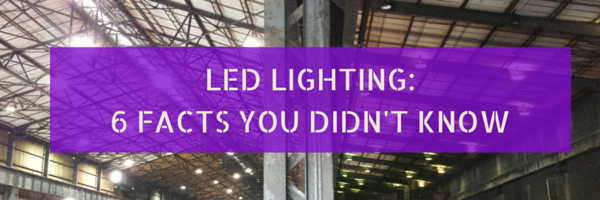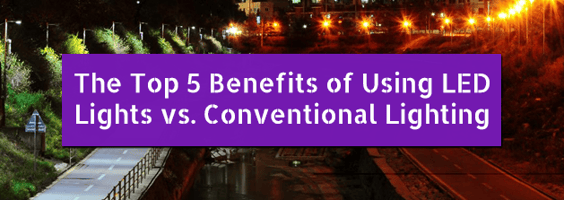LED Lighting systems are known for their great energy savings but also for their larger upfront...
The ABC's of LEDs

What does LED stand for?
LEDs — Light-Emitting Diodes — are found in all sorts of things. For example, the numbers on your digital clock are formed by LEDs. Your television remote control probably uses LEDs to send signals. LEDs are now being used as headlights and tail lights on vehicles and traffic lights. Your TV may even be powered by LEDs!
But what exactly are LEDs? The science behind LEDs can get really complicated, but basically they’re like tiny light bulbs that are part of a simple electrical circuit. They’re different from regular light bulbs, though, because they don’t get very hot and they don’t have a filament that will burn out. These features make LEDs very popular for many products.
LEDs are illuminated by the movement of electrons across a semiconductor material, such as aluminum gallium-arsenide (AlGaAs). The movement of the electrons causes the release of light, which can then be directed outward by the shape of the LED bulb.
Regular light bulbs often burn out after a few hundred hours of use (or less), but LEDs can last for thousands of hours. In fact, some LEDs can last 50,000 hours or more!
LEDs can also be very tiny. Their small size has helped TV makers replace bulky tubes with LEDs, so that modern TVs can be flat and very thin.
LED lighting has many other advantages. For example, LEDs tend to be more durable than regular incandescent light bulbs. They also fit more easily into electrical circuits. LEDs are much more efficient than regular light bulbs, since a higher percentage of the electrical power generates light rather than heat.
The cost of semiconductor material can make LEDs more expensive than regular incandescent light bulbs. However, their efficiency, warranty, durability and extended life usually make them a much better bargain in the long run — giving you an amazing return on investment. Not to mention, several rebates are available.
For large-scale applications like lighting a plant floor or manufacturing facility, LEDs are more affordable than ever and offer unrivaled long-term performance and cost savings. To find out how LEDs can improve your bottom line, contact us for a free LED lighting consultation.






